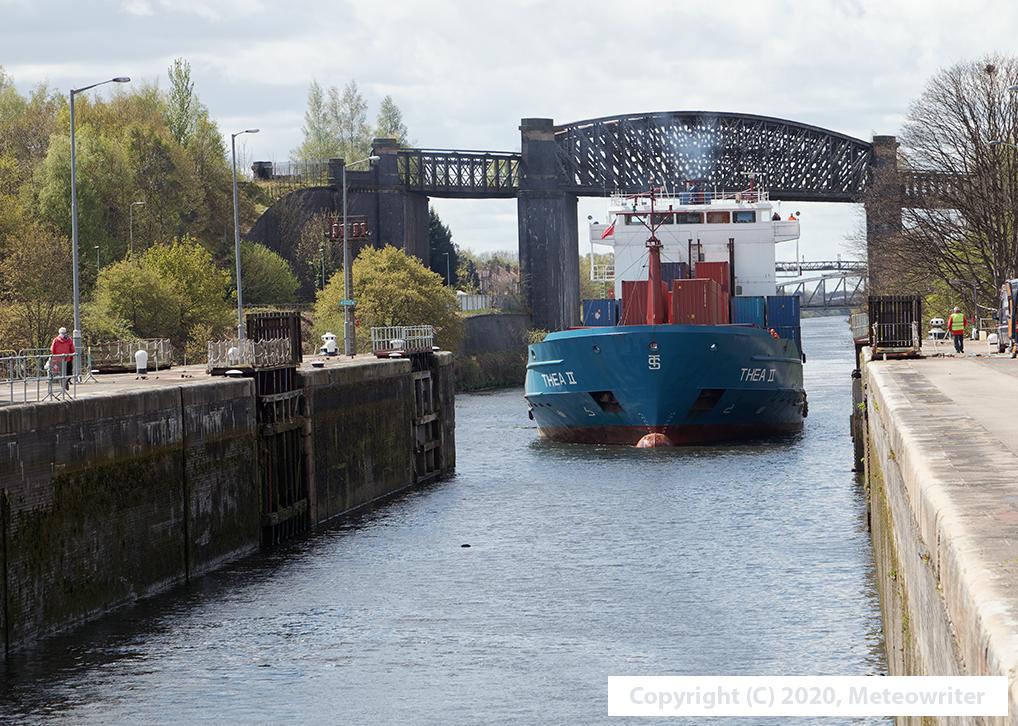The onset of the Industrial Revolution saw the need for improved ways to move raw materials and finished goods around. This was long before the days of road and rail so water transport was an obvious solution. Inland ports soon sprang up around the country able to handle barges and other small vessels, in some cases a surprisingly long way inland. In Cheshire, this included docks, wharves and shipbuilding yards at Chester, Warrington, Widnes, Runcorn, Frodsham and Ellesmere Port on the Dee and Mersey estuaries.
First established as a port in Roman times, Chester lies at the tidal limit of the River Dee and ships would navigate the treacherous mudflats of the estuary to reach port. However, in the 1700s the New Cut channel was built to improve access, changing the course of the Dee, and the docks and shipbuilding yards thrived for a time.
Due to sedimentation, though, the port increasingly lost trade to nearby Liverpool and nowadays the largest vessels to make their way inland are those that transport wings from the Airbus factory at Hawarden Airfield, a few miles downstream of the city. Towards the coast, these are then loaded onto larger vessels for transport to the main assembly line in Toulouse.
At the Port of Liverpool, in addition to handling ocean going vessels, goods were also offloaded for transport to inland ports further up the Mersey Estuary by Mersey Flats: a type of flat-bottomed barge able to navigate both shallow estuary waters and canals, and to sit out low tide on the mudflats if necessary. In a superb book called Schooner Port: two centuries of upper Mersey sail, H.F. Starkey observed that:
In 1830 it was estimated that the sailing barges made 7000 passages through the difficult channels between Runcorn and Warrington…In 1836 some 60,000 tons of toll free traffic came to Warrington by the river although most craft proceeding to Bank Quay required two tides as they were usually grounded when short of their destination.
Trade continued along the Mersey to Warrington until the 1950s, but of course is now mostly carried by road or rail, although ocean-going vessels still pass through the town along the Manchester Ship Canal on route to Manchester.
The canal was an engineering wonder for its time and was built to bypass the shallow waters and mudflats of the estuary. It was opened in the 1890s to serve the new Port of Manchester and continues to serve ports along its length, although the docks in Manchester closed in the 1980s due to competition from road, rail and air transport.
When wandering around the Dee and Mersey estuaries nowadays, there are still many signs of their inland ports. For example, at the waterside in Chester and on the Mersey at Hale Lighthouse, the old docks at Widnes, and the old lock gates of the Mersey & Irwell Navigation in Warrington; a river route to Manchester that predated the Ship Canal.
Inland ports of the Dee and Mersey estuaries. I describe some of the sights on the Mersey in more detail in the The Mersey Estuary: A Travel Guide, along with current operations on the Manchester Ship Canal and the Port of Liverpool. Click this link for details.

